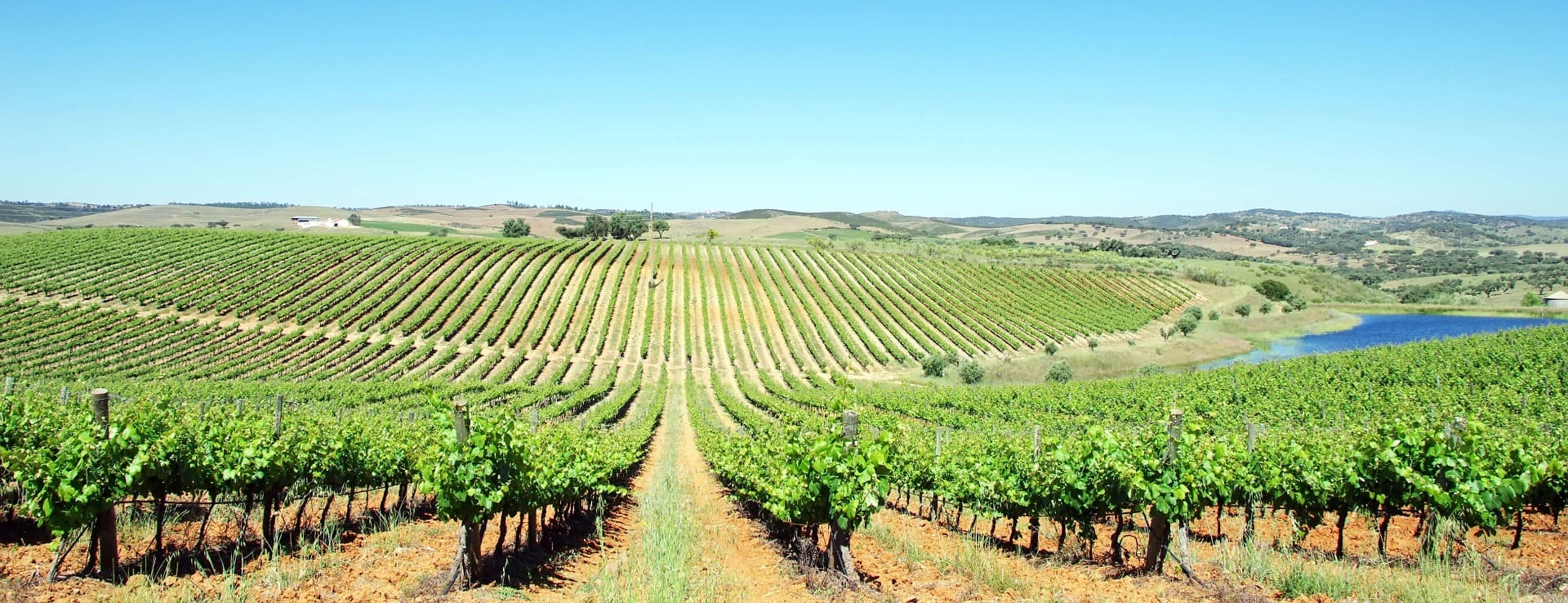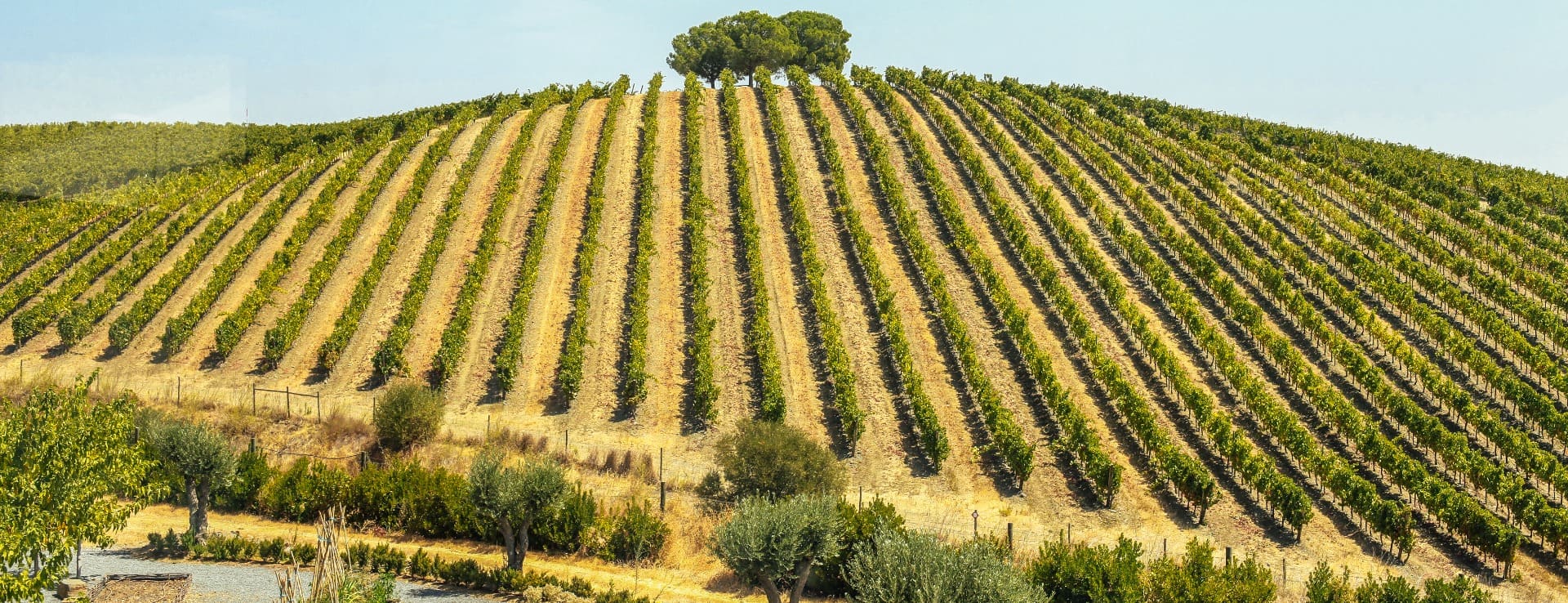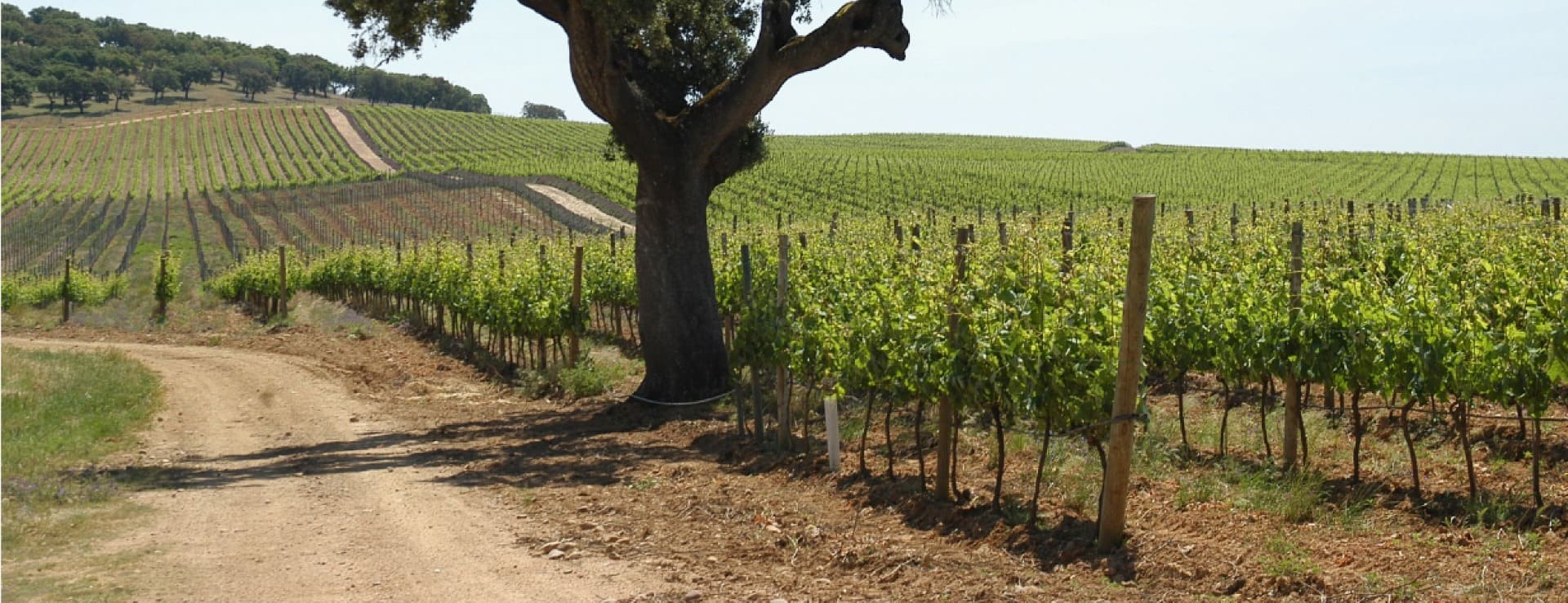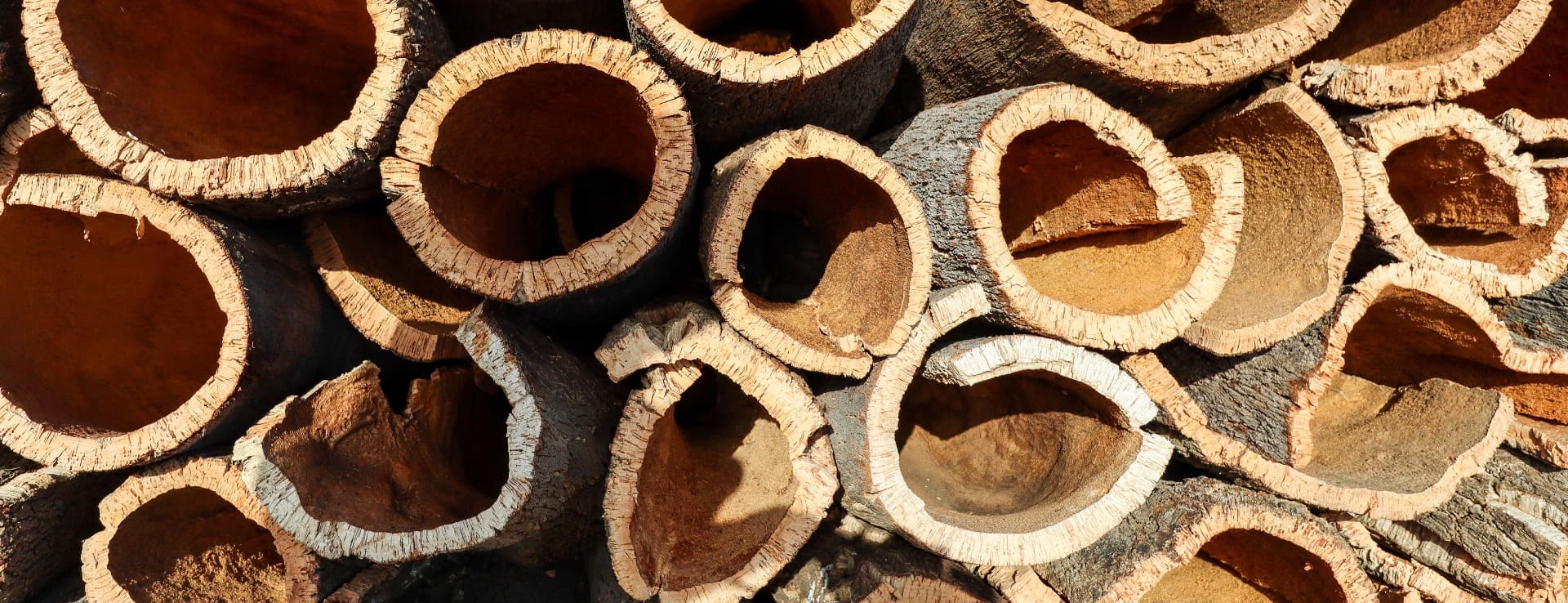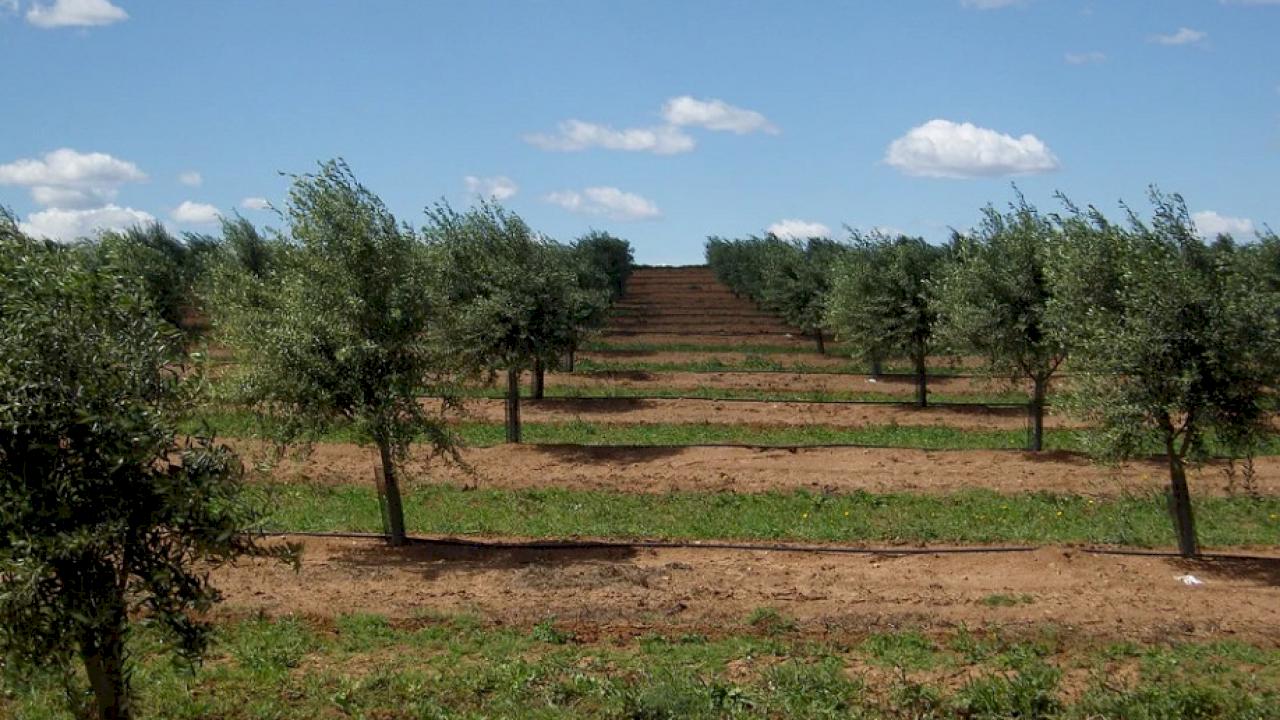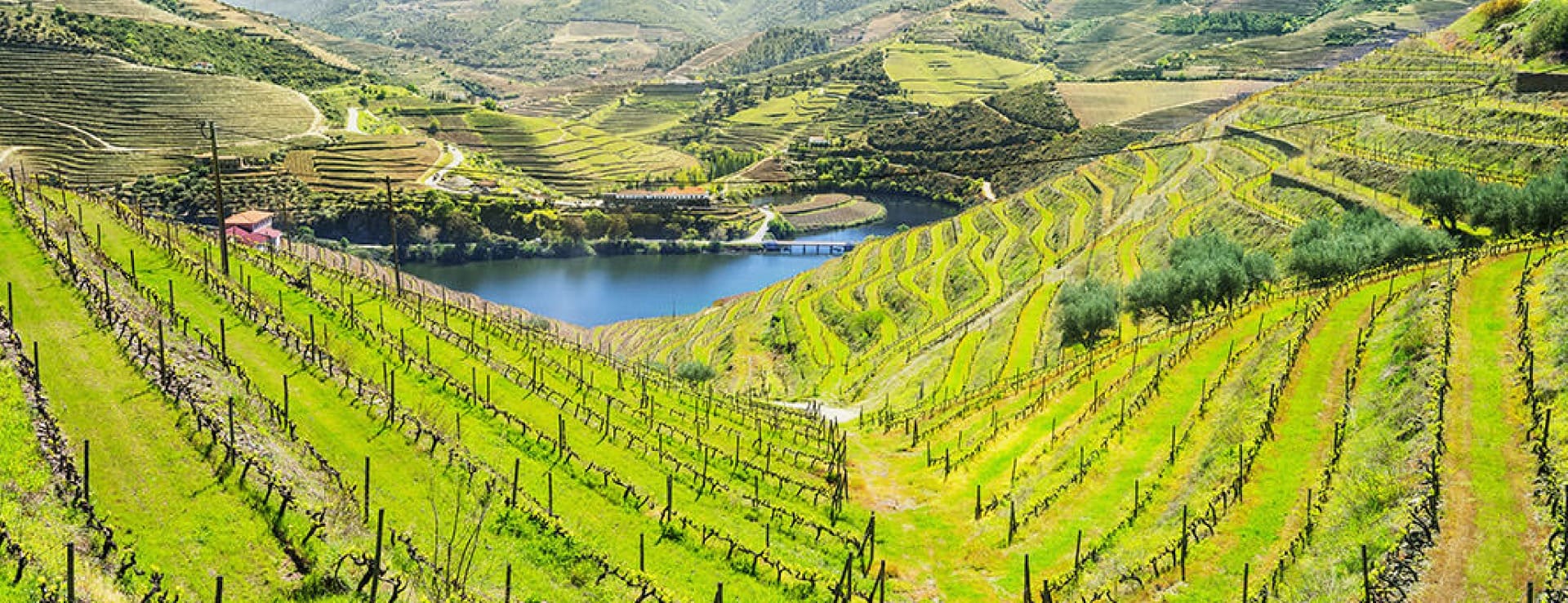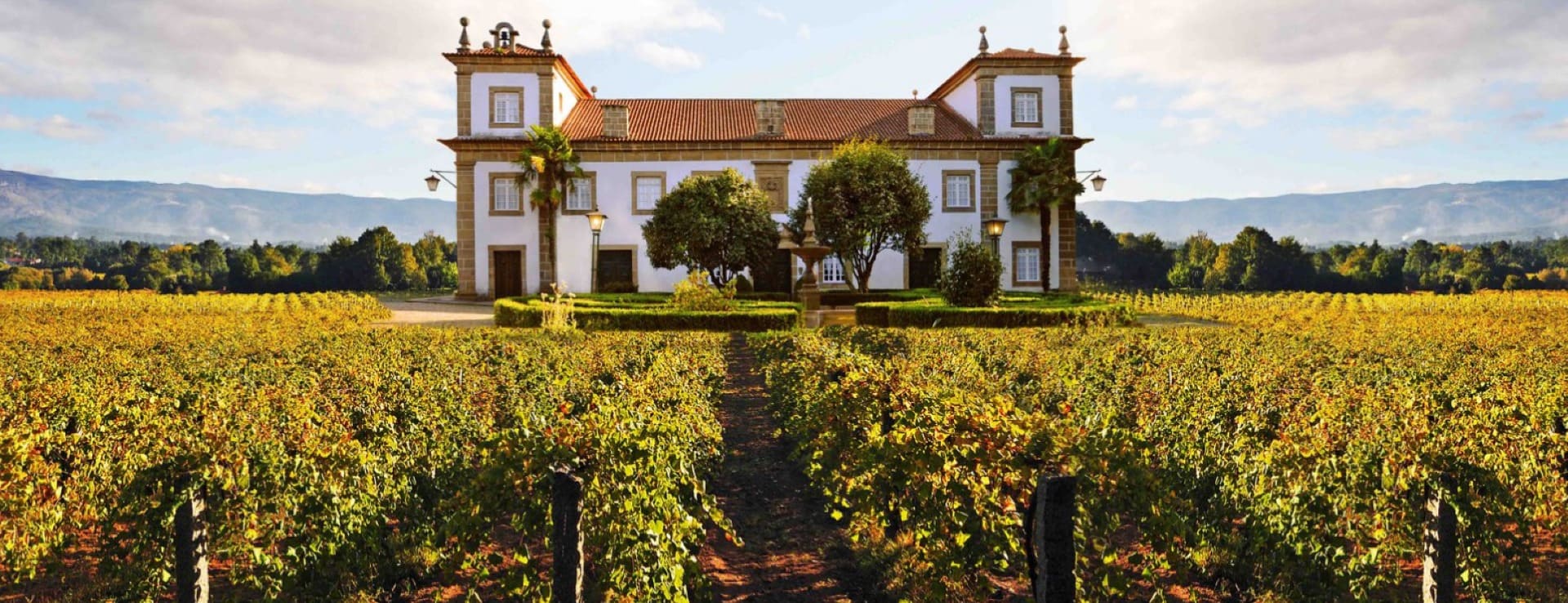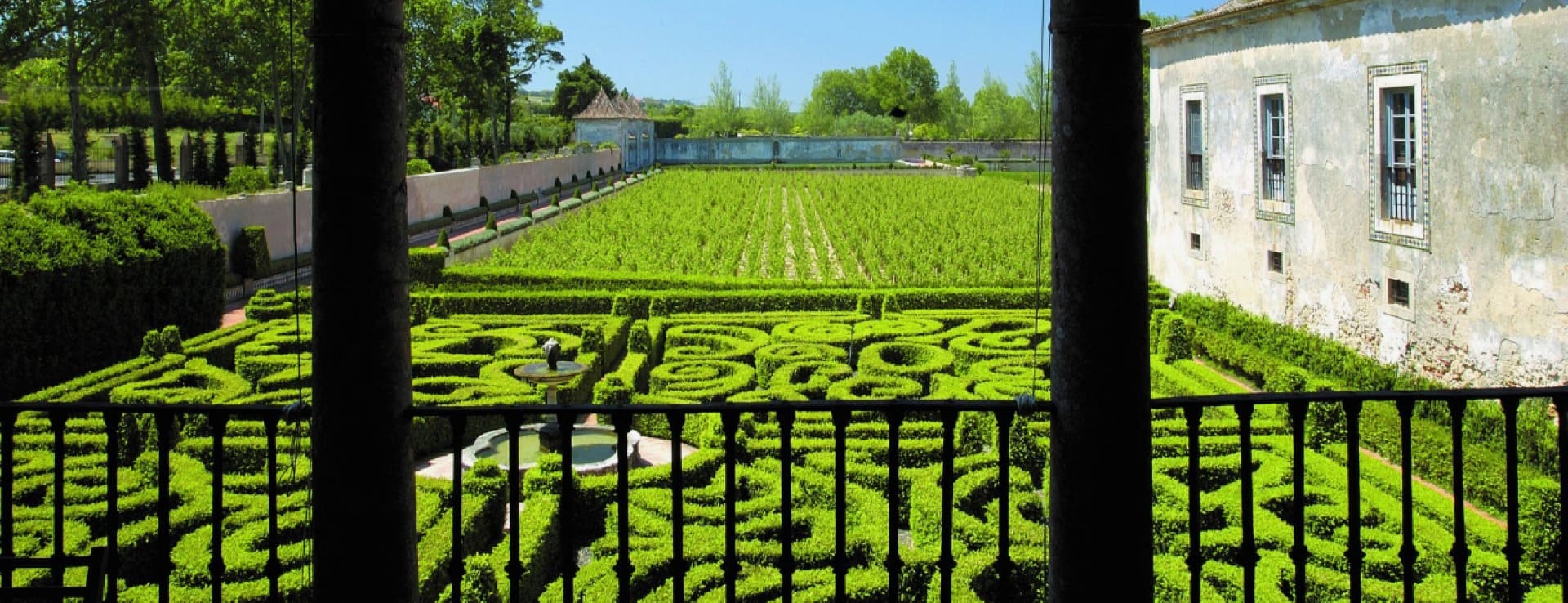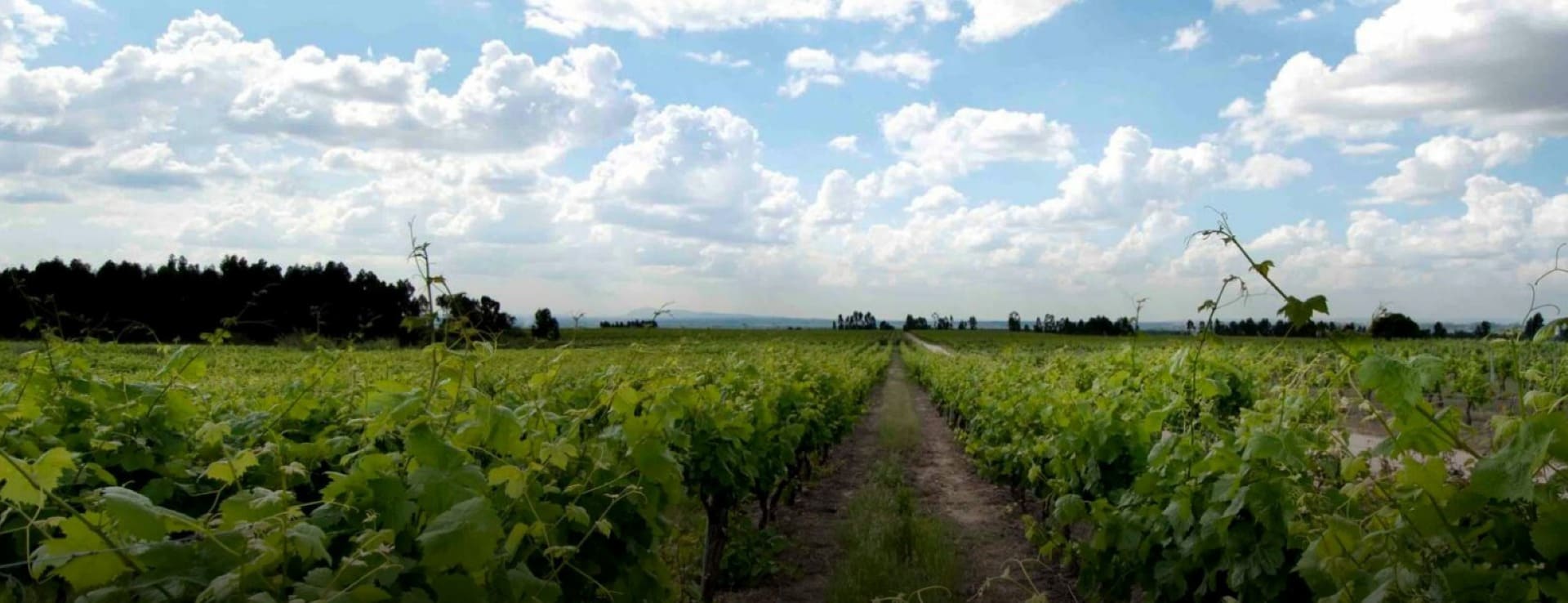Find your winery or vineyard
6 Wineries and Vineyards for sale in DOC Alentejo
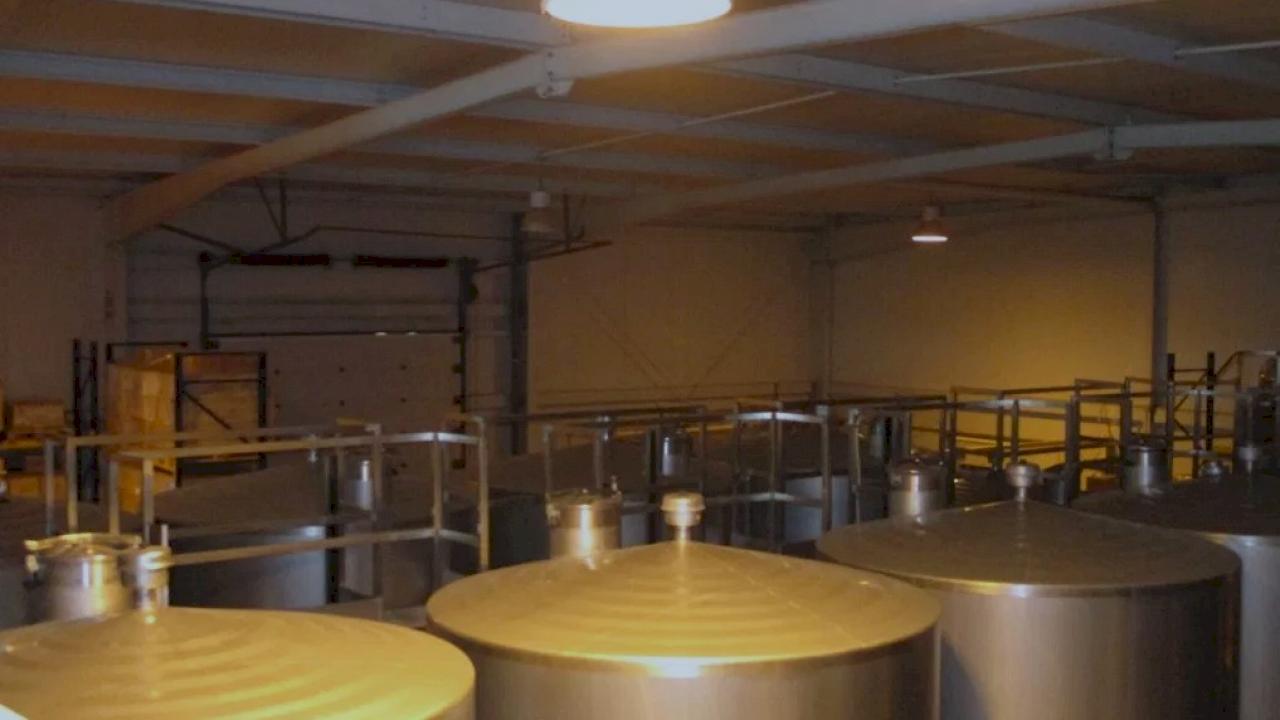
Winery with 97 ha from which 21 ha of vineyards
Winery in DOC Alentejo.

Estate with winery, house and 25 ha of vineyards
Estate in DOC Alentejo
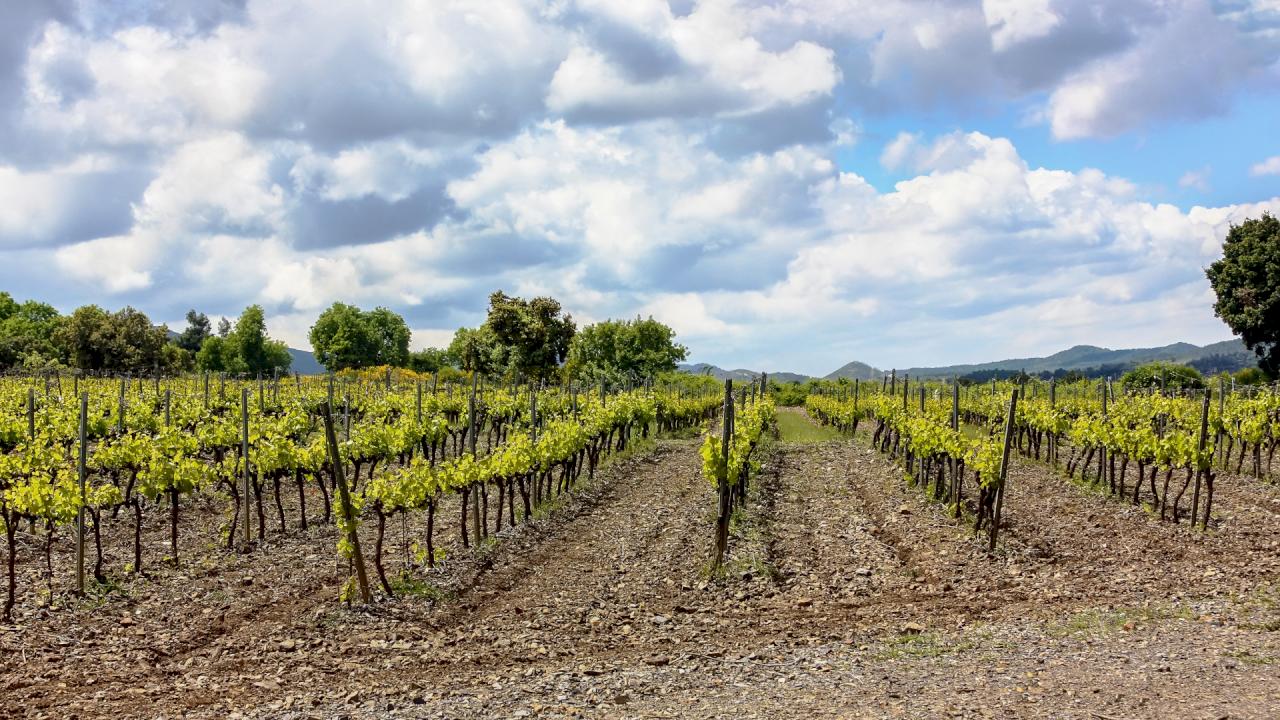
Winery with 20 ha of vines and olive farm with intensive and superintensive olive trees
Winery in DOC Alentejo.
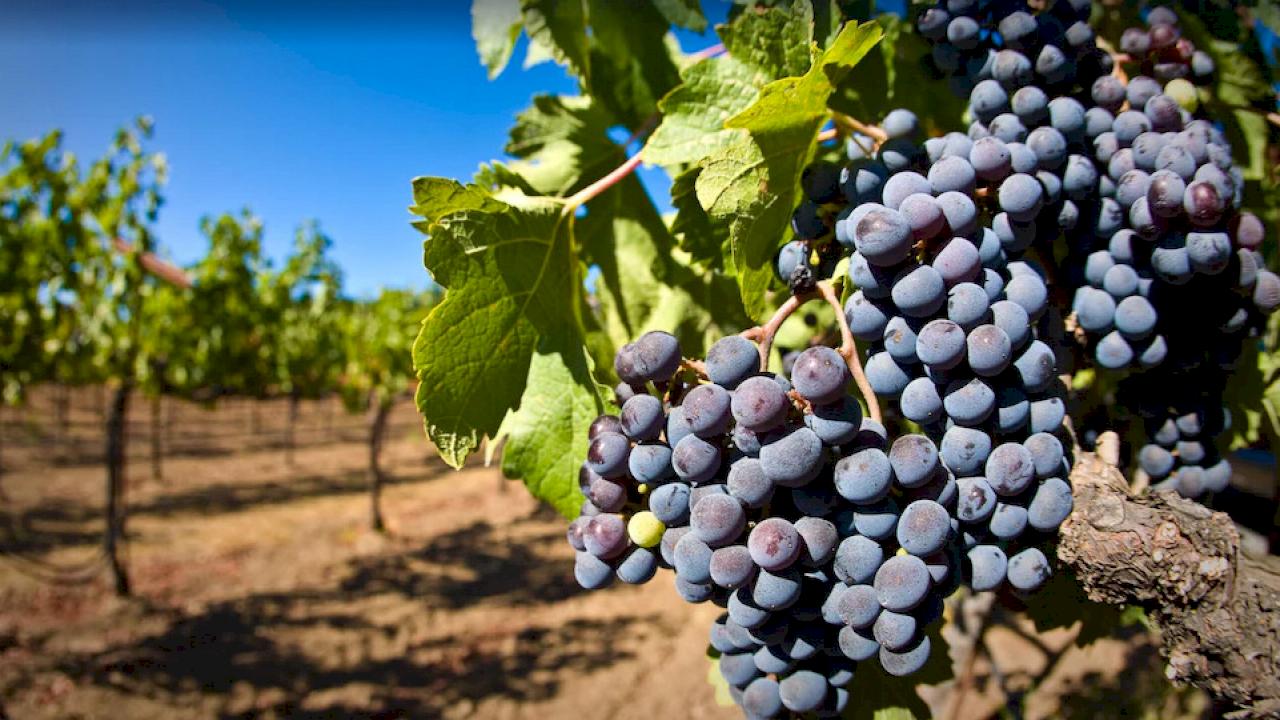
115 ha farm with winery and oil mill.
60 ha of intensive olive grove and 25 ha of vineyard.

Winery with several rustic Alentejo-style houses, a vineyard, and an olive grove.
DOC Alentejo
Infographic of the Denomination of Origin
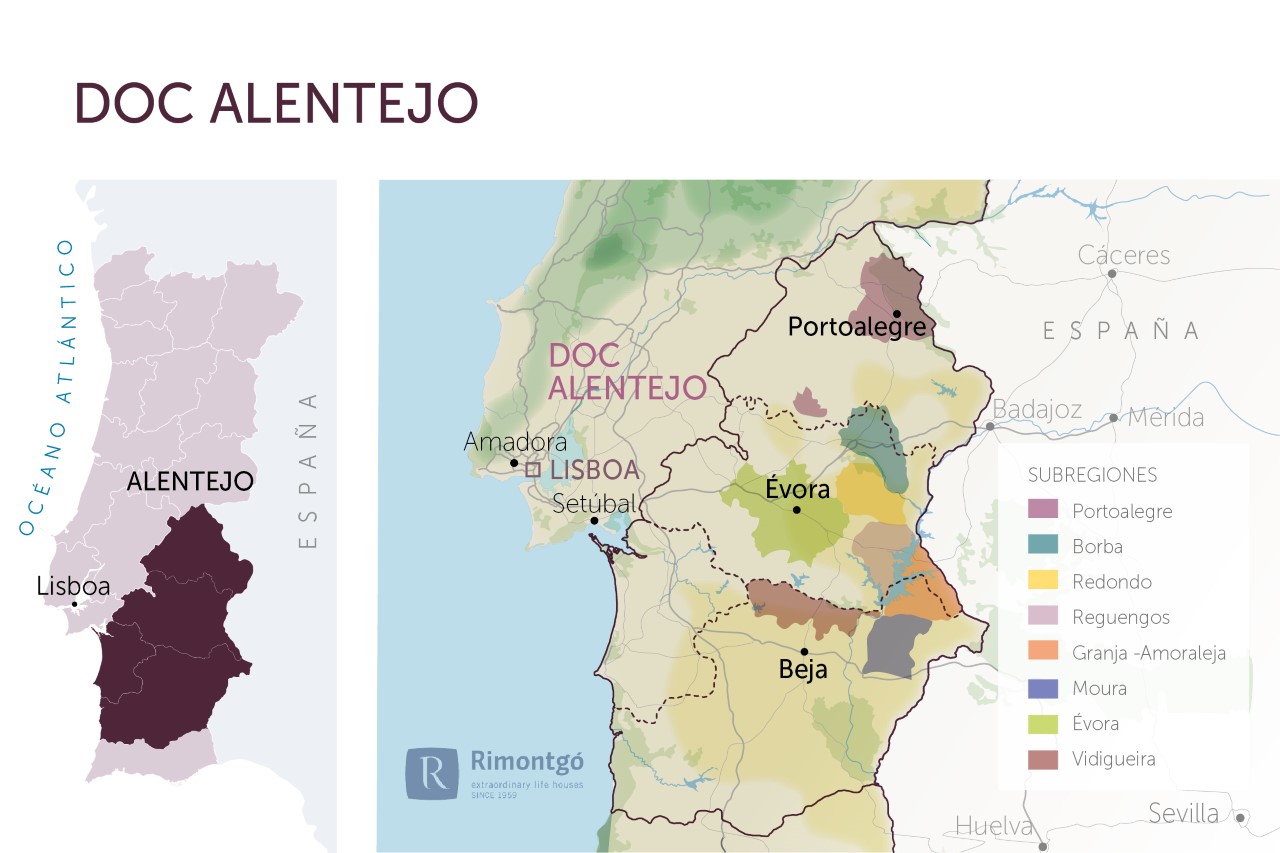
Change to imperial units (ft2, ac, °F)Change to international units (m2, h, °C)
D.O. year of foundation:
1989
Number of wineries (2017):
263
Total surface area:
21.000 ha51.891 ac
Maximum production allowed:
15.000 kg/ha13.382 lb/ac
Altitude of the vineyards:
Min: 400m
Max: 800m
Min: 1.312ft
Max: 2.625ft
Temperature:
Min: 13º
Max: 24º
Min: 55°F
Max: 75°F
Yearly rainfall:
500 l/m246 l/ft2
DOC ALENTEJO
LOCATION AND HISTORY
Alentejo means beyond the Tagus. The cultivation of vines in the Alentejo has been proven since the early days of independence, as early as 1221, D. Afonso II determines a plantation of vines whose product will apply the factory of Sé in Évora. In the 14th century, D. Dinis, in 1309, regulates the wine trade and prohibits Jewish merchants from entering the city of Évora with wine before 15th August. D. Pedro in 1361 speaks of wine and its use in the city of Évora. In the 15th century there is news in a letter of 1483 from D. Joao II that the wines of Évora were so famous at the time that they were bought by the Bretons.
Vineyards were cultivated in the Alentejo by the Romans, tolerated by the Moors, revived under the Christians and almost died out under Salazar when he designated the area as the granary of Portugal. In the 1940s, cooperatives began to be set up, the first being in Borba, followed by those in the other villages. Many other historical references are proof of the tradition of Alentejo wine and the great prestige it has achieved throughout history. In the 20th century, the Alentejo was mainly a cereal-growing region. Due to the 1st World War and its politically turbulent years, the vineyards were reduced to small family-owned areas. Today, since the agrarian revolution of 1974 and Portugal's entry into the EU, the Alentejo has become one of Portugal's most sought after wine regions with 21,000 ha of vineyards. Red wine accounts for 70% of production.
Portalegre and Évora are the capitals of the upper Alentejo at an altitude of 1,000 m in the Mamade Mountains. Beja is the capital of the lower Alentejo which extends southwards from the hills of Serra do Mendro at 412 m to the foot of the mountains that form the border with the Algarve. Reguengos de Monsaraz with more than 4,500 ha of vineyards is the wine centre of the Alentejo. With 4,000 ha of vineyards, Borba is the second largest vineyard in the Alentejo.
SOILS AND CLIMATE
The highest density of vineyards is mostly located in archaic and primary soils in the Ibero-Mediterranean climatic zone, mainly in the districts of Portalegre, Évora and Beja. Portalegre and Évora are the capitals of the upper Alentejo at an altitude of 1,000 m in the Mamade mountain range. Beja is the capital of the lower Alentejo which extends southwards from the hills of Serra do Mendro at 412 m to the foot of the mountains that form the border with the Algarve.
GRAPE VARIETIES
These wine’s prestige and originality is the result from the traditional winemaking processes. Generally speaking, both white and red musts fermented in clay barrels. The wines were kept and stored in clay barrels, which can still be seen today in private cellars.
The red wine varieties are Moreto, Alicante Bouschet, Trincadeira, Aragonez, Alfrocheiro and Tinta Caiada together with Syrah and Touriga Nacional and the white wine varieties are Manteúdo, Rabo de Ovelha, Roupeiro, Antao Vaz, Arinto, Assário and Tamarez.
Due to their unmistakable organoleptic characteristics, Alentejo wines have won major prizes in Portuguese national wine competitions.
The Alentejo also plays an important role in the country's economy as it is the main cork-producing region. Portugal is the world's leading producer of cork, thanks to its ecologic conditions, with 600,000 ha of cork oak trees.
Each region has different types of wines, the reds of Reguengos de Monsaraz, the whites of Vidigueira and Granja and the whites and reds of Portalegre, Redondo and Borba.
Vinho de Talha DOC
Since 2010 this type of wine has its own DOC. Since Roman times clay pots have been used to make wine and have been recovered in all DOC regions. Some of these wines are from the wineries of Cartuxa, Esporao, José de Sousa, Casa Relvas and Rui Reguinga.
The sub-regions are: Portalegre, Borba, Redondo, Redondo, Evora, Reguengos de Monsaraz, Granja-Amareleja, Moura, Vidigueira, Vinho de Talha DOC.
WINERIES
The most famous wines are Cartuxa (Carthusian Monastery founded in 1587 outside Evora), Heredad do Mouchao and Quinta do Mouro.
Also cooperatives and some wineries such as Herdade do Esporao make the most commercial volumes. Other wineries are Quinta do Carmo (bought by Mouton Rothschild in the 90s), Heredad e Coelheiros, Cortes de Cima, Dona Maria, Luis Duarte, Susana Esteban, Fitapreta, Quinta da Fonte Souto, Heredad dos Grous, Howards Folly, Paulo Laureano Vinus, Lima Mayer, Heredad da Malhadinha Nova, Adega Mayor, Monte da Ravasqueira, Quinta do Mouro, Casa Relvas, Heredade do Peso, Joao Portugal Ramos Vinhos, Rui Reguinga, José de Sousa, Tapada do Chaves, Terra d'Alter.
Since 2000 in the area of Portalegre there is a new generation of producers making their way, Rui Reguinga, Symington with Quinta da Fonte Souto, Sogrape with Quinta do Centro and Chef Vitor Claro with his famous wine Dominó.
Discover more wineries and vineyards for sale in these wine regions in Portugal
Subscribe to our mailing list to receive news about wineries and vineyards.

